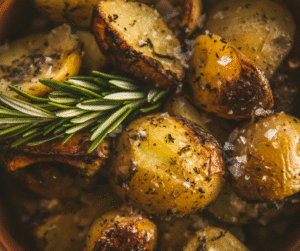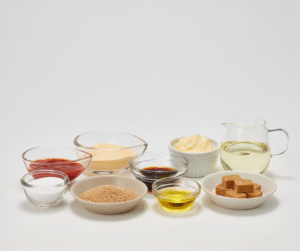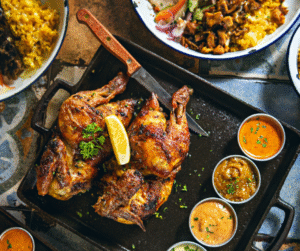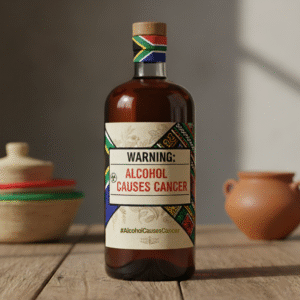Bunny Chows, Boerewors and Braaibroodjies: The Real Flavour of South Africa
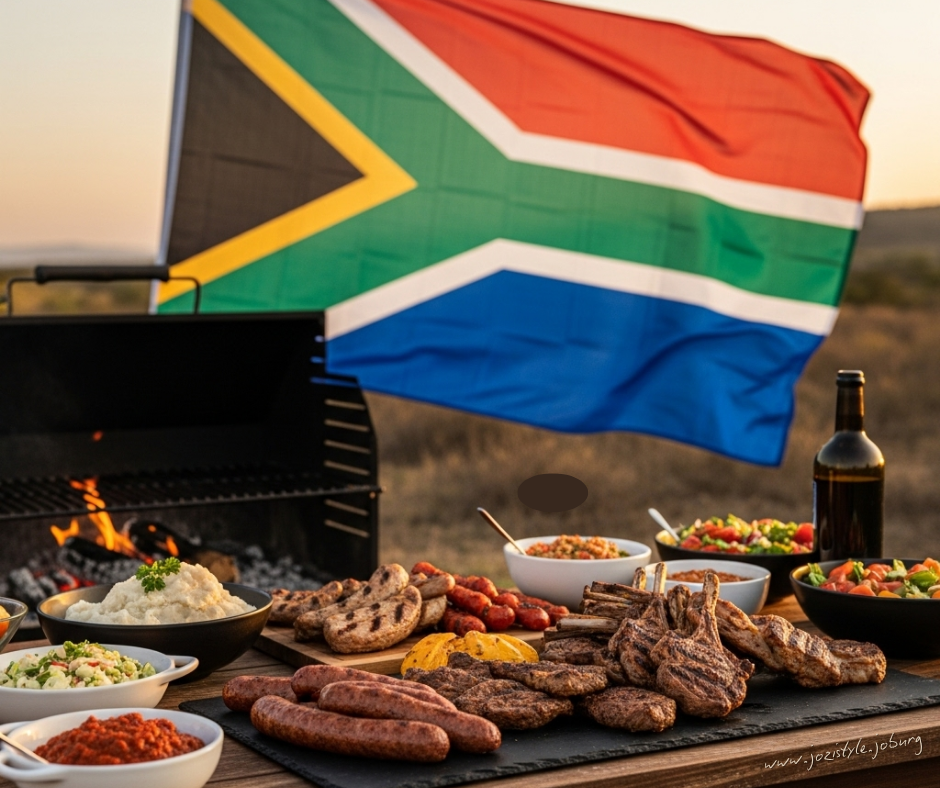
South African cuisine is more than just recipes — it’s a cultural handshake. A braai isn’t a barbecue, a bunny chow isn’t just street food, and garlic bread is never made with margarine. Our food is a reflection of who we are: generous, bold, and unashamedly full of flavour.
Have you ever been asked to prove you’re South African? I have. Pulled over by JMPD without my licence or ID on me, I had to prove my citizenship with nothing but my wit. “Ek praat die taal,” I said. That was enough to convince them. And honestly, isn’t that the essence of being South African? We carry it in our voices, our humour, our food.
The Melting Pot of South African Cuisine
South African cuisine isn’t one thing — it’s everything. Indigenous flavours meet Dutch stews, Cape Malay spices, Indian curries, British puddings, and even a dash of Portuguese peri-peri. Add French finesse, Italian pasta, and you have a plate that’s messy, generous, and unforgettable.
Our food isn’t polite. It doesn’t come in dainty portions. It’s loud, communal, and meant to be shared. That’s why a braai isn’t just a way of cooking meat; it’s a social institution.
The Braai: More Than Fire and Meat
What Makes a Braai Different?
Let’s get this straight. A braai is not a barbecue. Barbecues belong to suburban Americans flipping floppy patties. A braai belongs to us. It’s smoky, social, and unapologetically South African.
The Staples of a Braai
Every braai worth its salt includes boerewors — thick, juicy, unapologetic boerewors, never those thin, watery imposters. Chicken is next, preferably charred, because let’s face it, nobody in South Africa has ever cooked chicken without burning it at least a little. Pro tip: pre-cook it in the microwave to avoid salmonella while still getting that glorious char.
Throw in mealies on the cob, braaibroodjies oozing with cheese and chutney, a pile of garlic bread (real garlic, real butter, or don’t bother), and, of course, a mountain of salads. And no, potato salad drowned in mayo doesn’t count as a vegetable.
The Social Contract of a Braai
At a braai, everyone contributes. You bring a salad, a bottle of wine, or at the very least a homemade chutney. You don’t arrive empty-handed, and you don’t leave with Tupperware full of leftovers unless the host insists. There’s nothing more common than arriving with tapuwe in hand to loot tomorrow’s lunch. Not in my house.
The Sacred and the Scandalous
The Horror of the Noodle Salad
Can we talk about noodle salad? A tragedy in a bowl. Spiral pasta, grated carrots, tinned pineapple, maybe some sweetcorn, all bound together with gloopy mayo. Nobody deserves that. Ever. Instead, make a proper coleslaw — crisp cabbage, tangy dressing, sharp enough to cut through the richness of the meat.
Garlic Bread: The JoziStyle Standard
Garlic bread deserves reverence. You don’t buy it frozen in foil; you make it. Butter, not margarine. Whole garlic cloves, not the sad pre-chopped stuff. Roast the garlic if you’re fancy, caramelise it, fold it into the butter with cheese, parsley, maybe parmesan. And pile it high. Parsley might claim to mask garlic breath, but honestly, if you’re doing garlic bread properly, nothing will save you. And why would you want to?
Beyond the Braai: Bunny Chows and Potjie Perfection
Bunny Chow: Durban’s Glory
A bunny chow is the kind of dish that makes you wonder why the rest of the world hasn’t caught on. Half a loaf of bread hollowed out and filled with curry, chutney, and whatever else takes your fancy. Messy, fragrant, communal — it’s pure South African street food theatre.
Potjiekos: Slow-Cooked Luxury
Then there’s potjiekos — a cast-iron pot simmering over the fire, layered with meat, vegetables, herbs, and spices. Done properly, it’s a study in patience. Seal the meat, add aromatics, hard veg first, softer ones later. Throw in dried apricots or prunes for sweetness, pour in some South African wine. I once had a potjie with apricots that I still think about years later. That’s the beauty of it: every potjie is personal, experimental, a canvas for creativity.
Dessert at a Braai: Do We Dare?
Here’s where the controversy begins. Traditionally, a braai ends when you’re too stuffed to move. Dessert isn’t essential. But if you must, make it dramatic. A malva pudding reheated on the coals, served with custard warmed in a potjie — now that’s acceptable. Anything less is unnecessary.
The Generosity of South African Food
What truly defines our cuisine is generosity. You can’t call it a braai if there aren’t leftovers. Plates must be abundant, flavours must be bold, and nobody leaves hungry.
Food here is ubuntu in action. It’s about sharing, laughing, eating with your hands, criticising the way someone else burned their chicken, and secretly planning how you’ll do it better next time.
Why South African Food Matters Now
In a world obsessed with kale smoothies and fad diets, South African food dares to be hearty, communal, and honest. It’s not about calorie counting; it’s about connection. Our dishes tell stories of migration, trade, resilience, and innovation. They remind us who we are.
And frankly, they taste better than kale.
Final Thoughts: The JoziStyle Opinion
I’ve said it before: South African food isn’t polite, and it isn’t trying to be. It’s smoky, messy, loud, and endlessly generous. It’s garlic butter dripping down your chin, curry-stained fingers from a bunny chow, and the burnt skin of chicken wings that still taste like heaven.
If you’re South African, you already know. If you’re not, pull up a chair — but for heaven’s sake, don’t bring a noodle salad.
Comment: What’s your ultimate South African dish — the one that you’d fight to defend at any braai?
Subscribe to JoziStyle, follow us online and listen to us on air.
